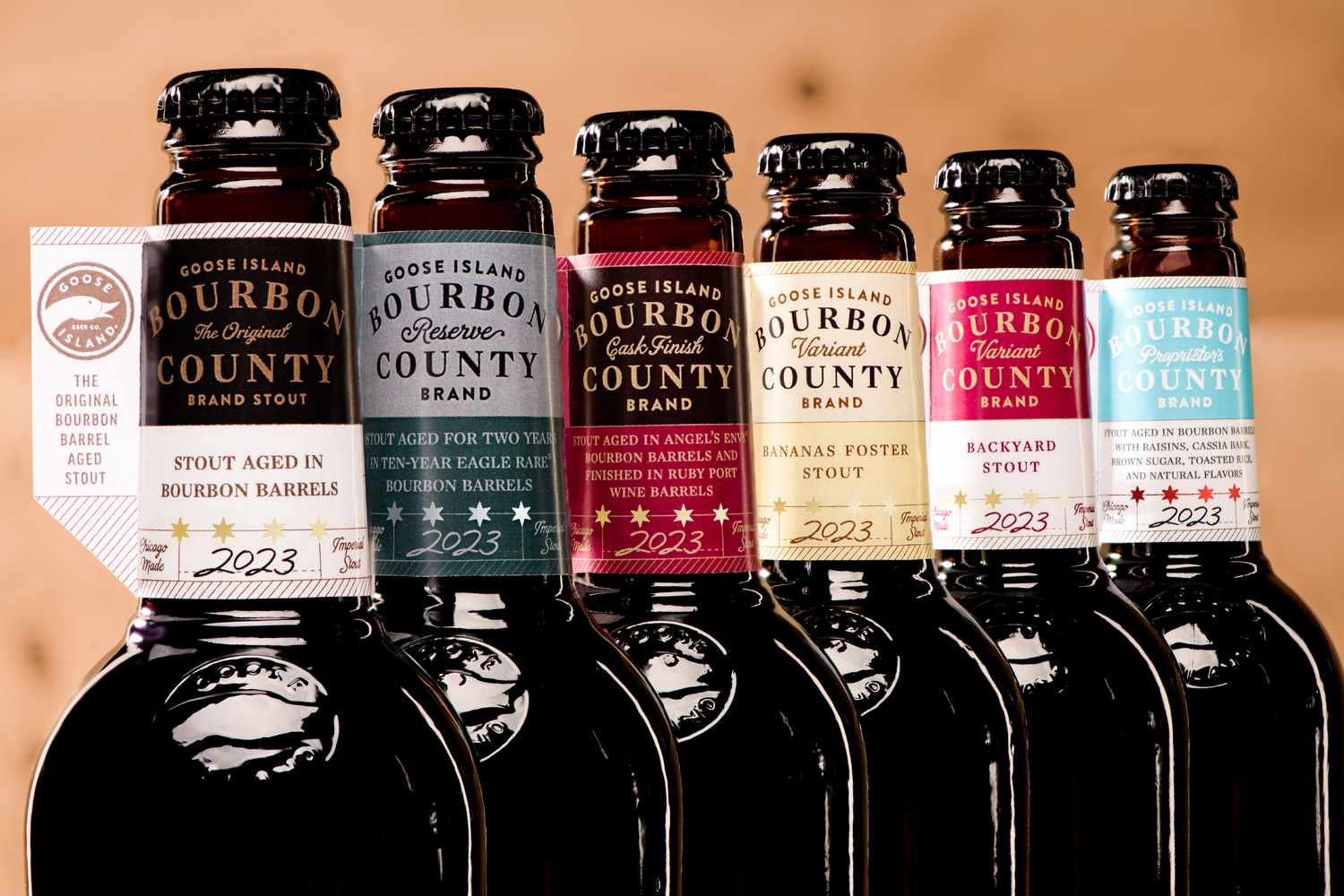Imagine transforming simple honey into a delightful, golden elixir that connects you to centuries of brewing tradition! Mead, often called honey wine, is one of the oldest alcoholic beverages in human history, and the best part? It’s surprisingly easy to brew at home. Whether you’re a curious foodie, a home brewing enthusiast, or someone looking to explore ancient fermentation techniques, this guide will walk you through everything you need to know about brewing mead as a beginner.
Table of Contents
Understanding Mead: What is This Ancient Beverage?
Mead is far more than just an alcoholic drink – it’s a liquid time machine that transports you back thousands of years! Often called honey wine, mead has a rich history dating back to ancient civilizations across Europe, Africa, and Asia. Archaeological evidence suggests that humans have been brewing mead for over 9,000 years, making it potentially the oldest alcoholic beverage in human history. The drink isn’t confined to a single style; it’s a versatile beverage with numerous variations that can delight even the most discerning palate.
Traditional mead is the simplest form, made primarily from honey, water, and yeast. However, the world of mead is incredibly diverse. Melomel, a fruit-infused mead, introduces exciting flavor profiles by adding various fruits during the brewing process. Metheglin takes things a step further by incorporating spices and herbs, creating complex and warming beverages that can range from medicinal-tasting to wonderfully aromatic. Each style offers a unique drinking experience, reflecting both ancient brewing traditions and modern culinary creativity.
Essential Equipment for Mead Brewing
Embarking on your mead-brewing journey requires some basic equipment, but don’t worry – you won’t need to empty your savings account to get started! A typical homebrew starter kit includes several key components that will become your trusted allies in creating delicious honey wine. At minimum, you’ll need a large food-grade brewing bucket or glass carboy for fermentation, an airlock to allow fermentation gases to escape while preventing contamination, a siphon for transferring liquid, sanitization solution, and bottles for storing your final product.
When purchasing equipment, you have multiple options to suit different budgets. Local homebrew shops often provide comprehensive starter kits that include everything a beginner needs, typically ranging from $50 to $150. Online retailers like Amazon and specialized homebrew websites also offer excellent starter packages. If you’re looking to keep costs down, many kitchen supply items can be repurposed – just ensure everything is thoroughly sanitized. Crucial tools like hydrometers for measuring sugar content, thermometers for tracking fermentation temperatures, and proper sanitization materials are investments that will dramatically improve your brewing success.
Choosing the Right Ingredients
The heart of any great mead is high-quality honey, and the variety you choose can dramatically influence your final product. While basic grocery store honey works, many experienced brewers recommend seeking out local, raw honey from beekeepers or specialty stores. Different honey varieties – like clover, wildflower, orange blossom, or buckwheat – each bring unique flavor profiles and complexities to your mead. Darker honeys tend to produce more robust, full-bodied meads, while lighter honeys create more delicate, subtle beverages.
Water quality might seem like a minor detail, but it’s actually crucial to your brewing success. Chlorinated tap water can negatively impact fermentation and flavor, so many brewers opt for filtered or spring water. When selecting yeast, wine or champagne yeasts are popular choices for mead making, with each strain offering different fermentation characteristics and alcohol tolerances. Lalvin D47 is often recommended for beginners due to its forgiving nature and ability to produce clean, pleasant flavors.
Optional flavor additions open up a world of creativity in mead brewing. Fresh or frozen fruits can transform a basic mead into a melomel, while spices like cinnamon, ginger, or cardamom can create a warming metheglin. The key is understanding ingredient ratios – typically, you’ll want about 2-3 pounds of honey per gallon of water for a standard-strength mead. Brewing is part science, part art, so don’t be afraid to experiment and document your process!
Step-by-Step Mead Brewing Process
Preparing your workspace is the first critical step in successful mead brewing. Choose a clean, temperature-stable area away from direct sunlight and significant temperature fluctuations. Before touching any ingredients, thorough sanitization is non-negotiable. Any equipment that will come into contact with your mead must be cleaned with a specialized brewing sanitizer to prevent unwanted bacteria or wild yeast from ruining your batch.
The actual brewing process begins by creating a must – the mixture of honey and water that will become your mead. Gently warm your water and dissolve honey, being careful not to boil, which can damage honey’s delicate compounds. Once cooled to room temperature, add your chosen yeast and yeast nutrients. Yeast nutrients are particularly important in mead making, as honey lacks some of the complex nutrients found in grains used in beer brewing.
Fermentation is where the magic happens! Maintain a consistent temperature between 65-75°F for most yeast strains. Your airlock will bubble actively during the first few days to weeks, indicating healthy fermentation. Primary fermentation typically takes 2-4 weeks, during which most of the sugar is converted to alcohol. Secondary fermentation allows the mead to clear and develop more complex flavors, often taking an additional 1-3 months.
Monitoring and Managing Fermentation
Hydrometers are essential tools for any homebrewer, allowing you to track sugar conversion and potential alcohol content. By taking readings at the beginning and throughout fermentation, you can understand how your mead is progressing. A healthy fermentation will show a steady decrease in sugar levels and consistent activity in your airlock.
Fermentation isn’t without its challenges. Common issues like stuck fermentation, where yeast stops converting sugar, can be addressed by adding more yeast nutrients or gently stirring to reactivate the yeast. Off-flavors might indicate temperature issues or improper sanitization. Patience is key – resist the temptation to rush the process or open your fermentation vessel unnecessarily.
Bottling and Aging Your Mead
Bottling transforms your fermented liquid into a finished product ready for aging and eventual enjoyment. Clean, sanitized wine bottles work perfectly, with cork or cap closures depending on your preference. Some brewers prefer beer bottles for sparkling meads, while others opt for traditional wine bottles for still varieties.
Aging can dramatically improve your mead’s flavor. While some meads are enjoyable young, many benefit from 6-12 months of aging. Store bottles in a cool, dark place, ideally around 55-65°F. Some brewers even age their meads for several years, developing incredibly complex flavor profiles that improve with time.
Tasting and Enjoying Your Homemade Mead
Tasting your mead is the ultimate reward for your patience and hard work! Serve at slightly cool room temperature, around 50-55°F for most styles. Use wine glasses to appreciate the aroma and color. Mead pairs wonderfully with a variety of foods – try it with strong cheeses, roasted meats, or even desserts depending on its sweetness and style.
Conclusion
Brewing mead is an incredible journey of creativity, patience, and delicious reward! While your first batch might not be perfect, each brewing experience teaches you something new. Remember, great mead takes time, so embrace the process, stay curious, and don’t be afraid to experiment. Your homebrewing adventure is just beginning!
Ready to start your mead-making journey? Gather your supplies, choose a simple recipe, and let the fermentation magic begin! Share your brewing experiences and connect with fellow mead enthusiasts in local homebrew communities.


